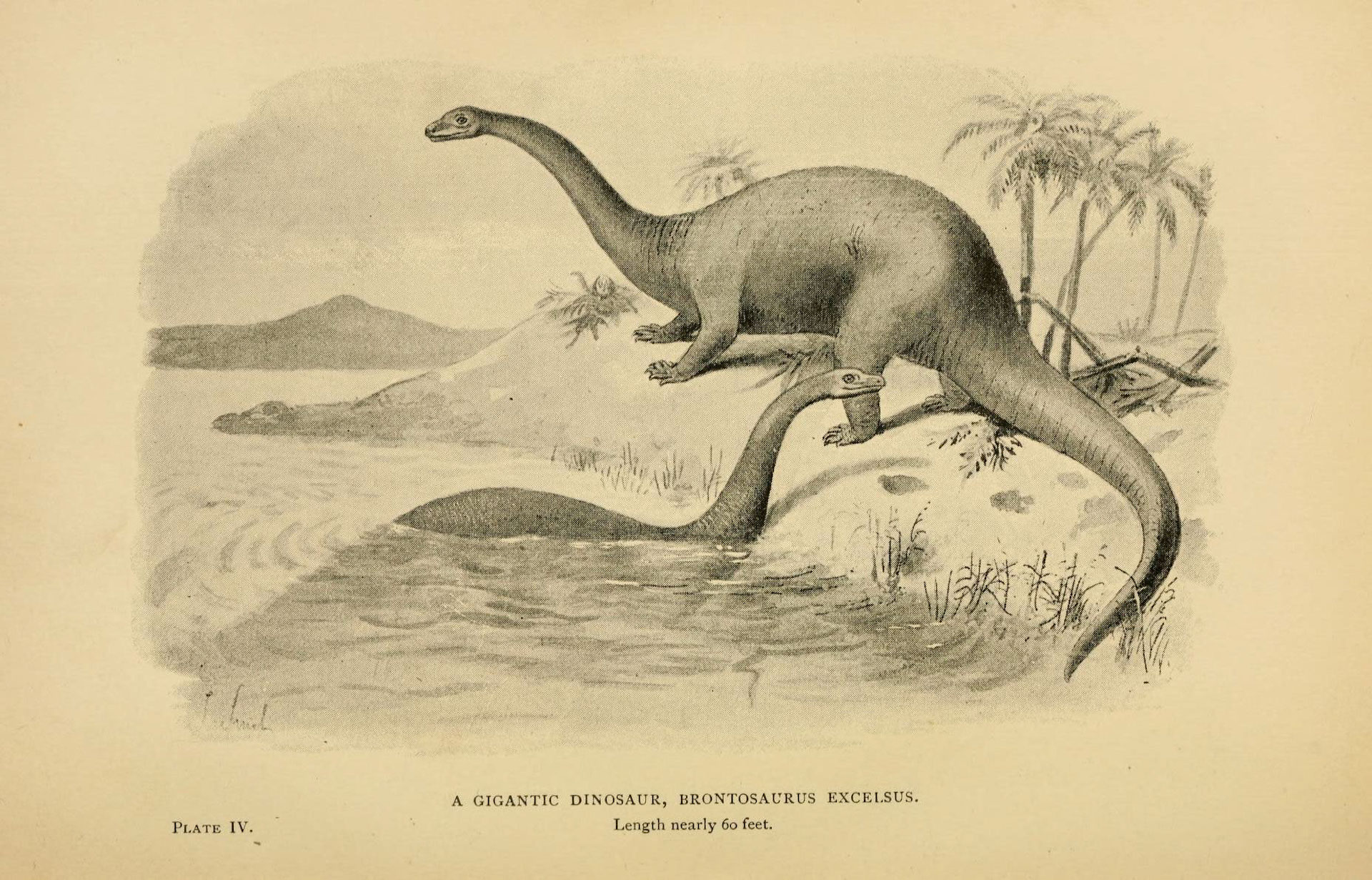Just after the stage 19 intermediate sprint at Ney we pass a little town called Loulle. It’s a super-small town of not even 200 inhabitants but it is home to an exciting site where many different species of dinosaur left their footsteps in the limestone to be preserved for eternity.
Around 170 million years ago most of the terrain we now race on would have been a shallow, subtropical sea. There was the occasional island but most of it was blue waters. On the islands, plants ruled because the amount of CO2 in the air was about five times higher than today.
There were also dinosaurs right here in the Jura. Jura is where the name for the geological time period Jurassic comes from. The sauropods, those huge, long-necked dinosaurs, and meat-eating therapods lived on the land masses that rose up near the Vosges Mountains.
We all know the names of these huge dinosaurs. Think about the Brontosaurus or Diplodocus. Many are still the model for children’s toys because they were so impressive. Many of those long-necked dinosaurs got quite big. Some were downright gigantic.
They lived in herds. Paleontologists deduced this from fossilized footsteps found around the world, including some alongside the course in Loulle today. A herd of 20-metre long-necked dinosaurs is already impressive. A herd of 30-meter long-necked dinosaurs is even more exciting. And those who believed the reports in the media a few years ago might have had even larger long-necked dinosaurs on their minds. Yet the story of the very greatest dino from the French Jura is perhaps a bit exaggerated.
The long-necked dinosaur that passed through the Jura 150 million years ago had rear-foot soles of about one meter from toe to heel. But in the juicy limestone mud, the gigantic legs literally pushed aside walls of mud. The mud walls pushed to the side made the footsteps look a lot bigger. And once dried out, the holes the dinosaurs left in the mud were preserved as much-too-large footprints.
In some cases, you ended up with holes that are three meters wide. That’s 10 feet. Well actually just four feet, ah well, never mind.
The researchers stated in their publication that the largest tracks were actually just over a meter long and that it was the mud that made the tracks wider than the actual beast’s paw. After a case of "lost in translation," certain media outlets ended up with three-meter-wide feet and a 30+ meter tall dinosaur.
Talking about dinosaur toys, our start town Moirans-en-Montagne is actually the toy capital of France. This is based on the traditions of woodworking going back to the 13th century. The forests of the Jura provided the resources required for this activity.
Over time, local craftsmen diversified their products to chess sets or buttons. Later, the toy industry in our start town grew out of the wood-turning industry and became more than just wooden toys. I guarantee you there were no dinosaur toys back in the 13th century but quite possibly dinosaur-inspired toys are produced here now.
Did we do a good job with this story?



